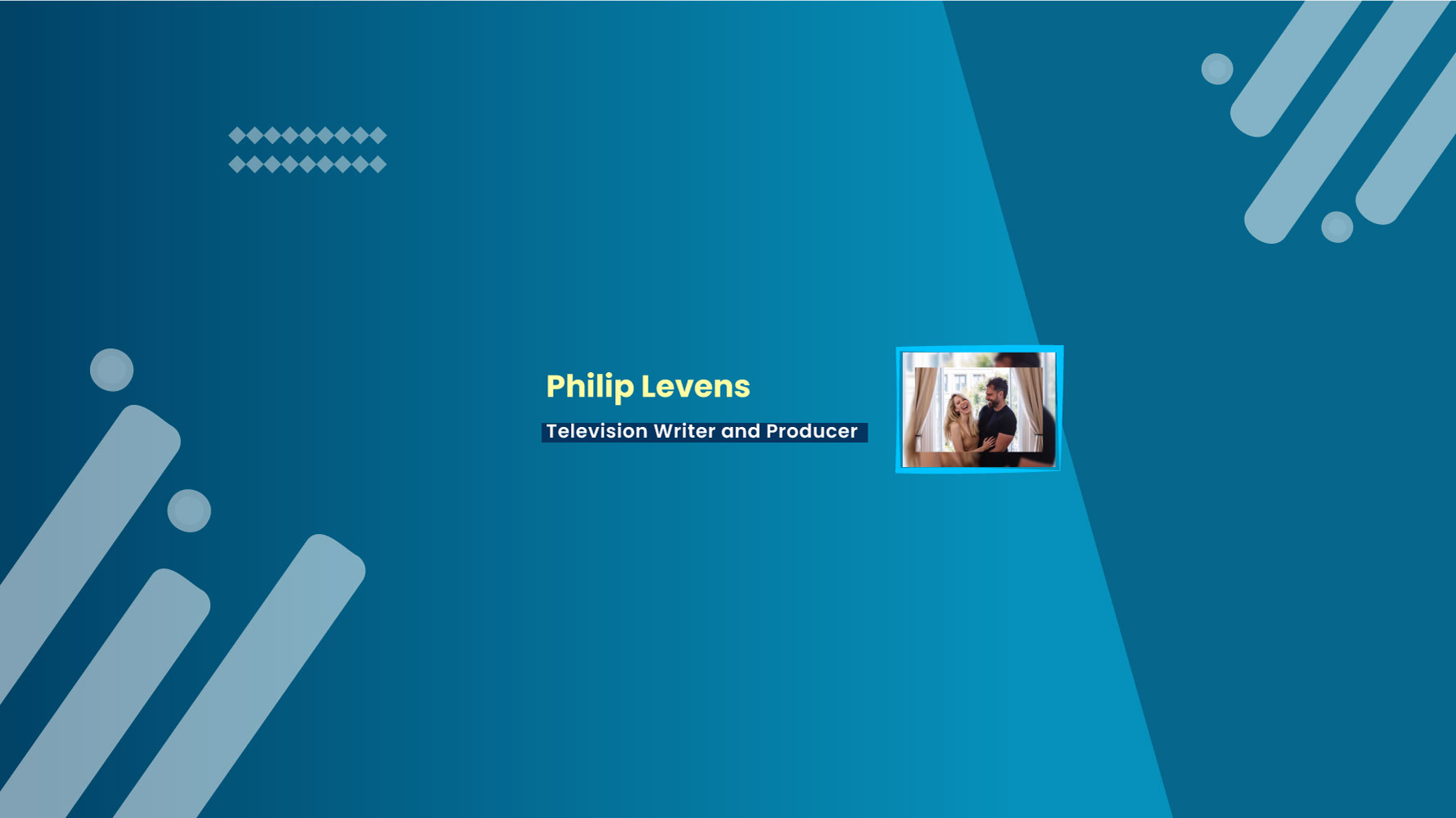
In the competitive world of marketing, producing effective materials is critical to standing out from the crowd and capturing your audience’s attention. Whether you’re drafting a brochure, creating a social media post, or designing an email campaign, the principles of effective marketing material production remain the same. This article explores the art of writing and producing impactful marketing materials, offering strategies and insights to enhance your content’s effectiveness.
Understanding Your Audience
The cornerstone of any successful marketing material is a deep understanding of your target audience. With this insight, your message can stay the same. Begin by identifying the demographics, interests, and pain points of your audience. This information will guide your content strategy and ensure that your materials resonate with those who are most likely to engage with them.
Research and Segmentation
Conduct thorough market research to gather data on your audience’s preferences and behaviors. Utilize surveys, focus groups, and social media analytics to gain a comprehensive understanding of who they are. Once you have this information, segment your audience into distinct groups based on common characteristics. Tailoring your marketing materials to each segment will enhance relevance and engagement.
Creating a Customer Persona
Develop detailed customer personas representing your ideal audience segments. These personas should include demographic details, interests, and specific needs. By envisioning your materials as tailored communications to these personas, you can craft messages that address their concerns and interests directly.
Crafting a Clear and Compelling Message
Effective marketing materials are clear, concise, and compelling. The message you convey should be straightforward and focused, capturing attention quickly and maintaining interest throughout.
Establishing Your Unique Value Proposition
Your unique value proposition (UVP) is the essence of what sets your product or service apart from the competition. Clearly articulate your UVP in your marketing materials to communicate why your offering is valuable and how it addresses your audience’s needs. This statement should be prominent and easy to understand, making it clear why your audience should choose you over others.
Using Attention-Grabbing Headlines
The headline is often the first thing your audience sees, so make it count. Craft headlines that are intriguing and relevant to your target audience. Use powerful words and phrases that evoke curiosity or highlight a key benefit. A strong headline will draw readers in and encourage them to engage with the rest of your content.
Maintaining a Consistent Brand Voice
Consistency in brand voice helps build recognition and trust. Develop a tone and style that aligns with your brand’s personality and stick with it across all marketing materials. Whether your brand is professional and authoritative or casual and friendly, maintaining a consistent voice helps reinforce your brand identity and fosters a sense of familiarity with your audience.
Designing for Impact
Design plays a crucial role in how marketing materials are perceived and engaged. A well-designed piece not only attracts attention but also enhances readability and reinforces your message.
Emphasizing Visual Appeal
Incorporate high-quality images, graphics, and colors that align with your brand and support your message. Visual elements complement the content, making it more engaging and easier to understand. Avoid cluttering your materials with too much text or too many visuals; instead, strive for a clean and balanced layout.
Using Clear and Readable Fonts
Select fonts that are easy to read and align with your brand’s tone. Avoid overly decorative fonts that can detract from readability. Use varying font sizes and styles to create a visual hierarchy that guides readers through your content and highlights critical information.
Incorporating Effective Call-to-Actions
A solid call to action (CTA) directs your audience to what to do next. Make sure your CTAs are clear, compelling, and strategically placed within your materials. Use action-oriented language that encourages immediate response, such as “Get Started,” “Learn More,” or “Shop Now.” Ensure that CTAs stand out visually and are easy to find.
Testing and Optimization
To ensure your marketing materials are as effective as possible, it’s essential to test and optimize them continuously. Gathering feedback and analyzing performance data can help you refine your approach and improve results.
Conducting A/B Testing
A/B testing involves creating two versions of a marketing material to compare their performance. Test different elements such as headlines, images, or CTAs to determine which version resonates more with your audience. Use the insights gained from these tests to make data-driven decisions and optimize your materials for better performance.
Gathering and Analyzing Feedback
Collect feedback from your audience through surveys, comments, and engagement metrics. Analyze this feedback to identify areas for improvement and understand how your materials are being received. Regularly review performance data and adjust your strategy based on what works best for your audience.
The art of writing and producing effective marketing materials requires a blend of strategic thinking, creative execution, and ongoing refinement. By understanding your audience, crafting clear messages, designing with impact, and continuously optimizing your materials, you can create marketing content that not only captures attention but also drives meaningful engagement. Implement these strategies to elevate your marketing efforts and achieve tremendous success in reaching and resonating with your target audience.